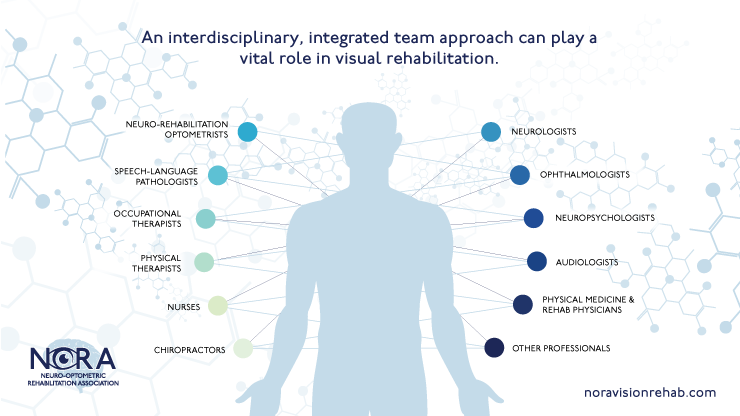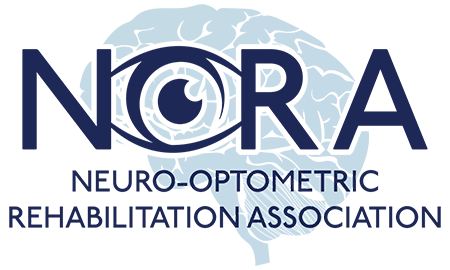A neuro-optometric rehabilitation optometrist has special expertise in the assessment and treatment of visual disturbances associated with damage to the central nervous system – the brain and spinal cord.
Following the initial vision and neurological examination a treatment plan is developed with a goal of restoring essential visual function. Because every injury is unique, treatments will vary by individual.
Below are some types of treatments:
- Special Prescription Lenses (Glasses) – Lenses can help compensate for damage to the neural system along with enhancing visual clarity and comfort. Lens filters (tints) provide help with light and glare sensitivity.
- Prism Lenses - These are specialized glasses that change the way light enters the eye. Prisms are frequently prescribed as a component of the treatment for binocular vision problems and to eliminate double vision, as well as to provide comfort for near visual tasks such as reading. In addition, prisms are often used in treating balance issues, a common component in brain injury.
- Patching - Patching one eye or part of the visual field of one eye is sometimes used to help those with double vision. The patch is placed to eliminate the information that results in the double image from coming into the brain. The patch is frequently placed directly upon the lens surface.
In brain injury, often a single - approach to rehabilitation is not enough to address all of the needs. Instead, an interdisciplinary, integrated team approach can play a vital role in the rehabilitation of patients with various types of neurological deficits. In addition to optometrists, rehabilitation team members may include neurologists, physical medicine and rehab physicians, nurses, physical and occupational therapists, speech-language pathologists, neuropsychologists, and audiologists. And, neuro ophthalmologists and radiologists often play vital roles in the diagnosis of brain injury.

